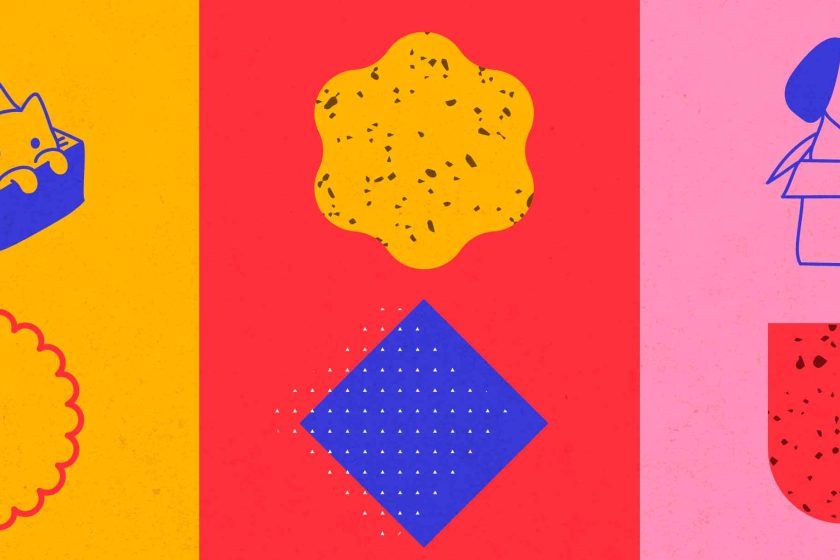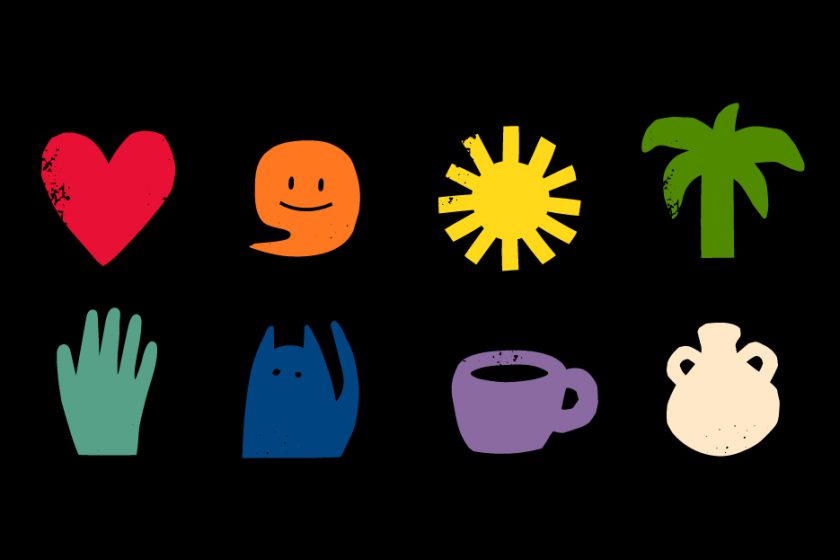

When does adapting trends from digital design become detrimental to package design for CPG food brands?
While many CPG food brands are still discovered at shelf, consumers no longer interact with most brands solely in a retail environment. Even if they do purchase your product at the grocery, ideally they are engaging with your social media or site as a means of building further loyalty. As these worlds collide, package designs are impacted by digital environments, for better or for worse. Many DTC brands are bucking tradition when it comes to classic CPG design principles, but how far is too far?
Traditionally, strong brands have relied on a unified color for their packaging to create a strong, ownable brand block at shelf. For DTC brands that emerge online, brand blocking isn’t a primary focus. Online brands are getting more creative or experimental with vibrancy, saturation, and consistency in color strategy. Take Magic Spoon, a brand that emerged in DTC in 2019 and then made their way into retail through the force of popularity. As a brand, they have no unified color palette. Each flavor is treated completely differently, and even the identity changes color on each SKU.
In a retail environment, this strategy creates challenges for growth into adjacent categories, like if Magic Spoon wanted to move into breakfast bars. Conversely, it works in a digital environment, and speaks to a younger consumer when aiming for an optimal online shopping experience.
Similarly, brands solely focused on DTC aren’t necessarily considering how colors translate to physical packaging in a retail environment, where everything from substrate, printing process and even environmental lighting will have an entirely different effect. RGB colors will always be more impactful online than print. Important to consider if you know consumers are likely to engage with the brand online first? Yes, but not something you want to ignore if you hope to expand into retail.
Motion graphics, flexible type, and illustrations that translate to print are ideal.
An essential component to success at shelf is on-pack information hierarchy and leading with identity. DTC or digitally centric brands aren’t competing in the same kind of noise, nor are there FDA regulations on pack simulations. Less might be more. We’re seeing brands strip away content in this environment. These brands can get away with packaging that only has the flavor name on it or even just a color to represent that flavor. It’s a gamble, because it requires a deep connection to other touchpoints as a means of building the brand, from a highly designed website, and incredibly engaging social media.
Because important information lives on the website or their social, some DTC brands are eliminating photography or illustration for flavor drivers. Even if a brand has illustration or photography on pack, it matters equally or more how that is represented off pack. Motion graphics, flexible type, and illustrations that translate to print are ideal. These brands are designing to exist in an online environment first, and then retail second.
This is all fine, well and possibly more effective for DTC brands. My caution is to take a ten-mile view–if your goal is to grow from DTC into retail, and you are beginning online for financial reasons, rather than the bases of your company structure, some of these digital-centric design moves that ignore CPG design principles are likely not the best approach. For one, retail buyers won’t necessarily understand the methodology, and this strategy requires a strong foundation to be built through an online community. No person will purchase a product with no name or flavor on the shelf without context. Like most things, compromise is a good strategy. Is there a way to emphasize and optimize for a digital environment without sacrificing common consumer expectations that might alienate retail shoppers? No matter the environment, the best designs are still ones that function.
Interested in going deeper on this topic? This article explores classic cues in packaging design.









